题目内容
Once a circle missed a wedge(楔子). The circle wanted to be whole, so it went around looking for its missing piece. But because it was incomplete and therefore could roll only very slowly. It admired the flowers along the way. It chatted with grasses. It enjoyed the sunshine. It found lots of different pieces, but none of them fit. So it left them all by the side of the road and kept on searching. Then one day the circle found a piece that fit perfectly. It was so happy. It put the found piece into itself and began to roll. Now it was a perfect circle, it could roll very fast, too fast to notice the flowers or to talk to the grasses. When it rolled so quickly, it realized how different the world seemed. Then it stopped, left the found piece by the side of the road and rolled slowly away.
The lesson of the story , I suggested, was that in some strange sense we are more whole when we are missing something. The man who has everything isn’t in some ways a whole man. He will never know what it feels like to yearn(渴望), to hope, to come true the dream of something better.
根据短文内容,判断句子正(T)误(F)。 (共5小题,每小题2分,满分10分)
小题1: At first, the circle couldn’t roll fast, because it wanted to chat with the grasses.
小题2: The circle didn’t find the missing piece at last.
小题3: When it was a perfect circle, it rolled too fast to notice the flowers or to talk to the grasses.
小题4: The circle stopped by the side of the road and enjoyed the sunshine.
小题5: In some days, a man still will be perfect even if he misses something.
The lesson of the story , I suggested, was that in some strange sense we are more whole when we are missing something. The man who has everything isn’t in some ways a whole man. He will never know what it feels like to yearn(渴望), to hope, to come true the dream of something better.
根据短文内容,判断句子正(T)误(F)。 (共5小题,每小题2分,满分10分)
小题1: At first, the circle couldn’t roll fast, because it wanted to chat with the grasses.
小题2: The circle didn’t find the missing piece at last.
小题3: When it was a perfect circle, it rolled too fast to notice the flowers or to talk to the grasses.
小题4: The circle stopped by the side of the road and enjoyed the sunshine.
小题5: In some days, a man still will be perfect even if he misses something.
小题1:F
小题1:T
小题1:T
小题1:F
小题1:T
【主旨大意】:通过一个圆丢了一个楔子的故事,说明了一个人失去了某样东西并不一定是坏事,他将还是一样完美。
小题1: 细节理解题。 圆滚不快,是因为失去了一个楔子。
小题1:细节理解题。从Then one day the circle found a piece that fit perfectly.可以看出它没有找到它自己的那一块。而是在路边捡的。
小题1:细节理解题。从it could roll very fast, too fast to notice the flowers or to talk to the grasses可知答案是对的。
小题1: 细节理解题。从Then it stopped, left the found piece by the side of the road and rolled slowly away可知本题错误。
小题1:推理判断题。从全文知道人尽管失去了某样东西,在某种程度上来说还是完美的。

练习册系列答案
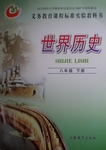 探究与巩固河南科学技术出版社系列答案
探究与巩固河南科学技术出版社系列答案
相关题目
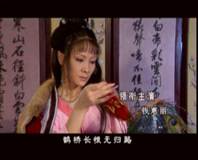
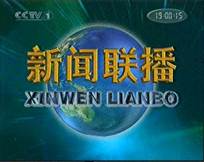
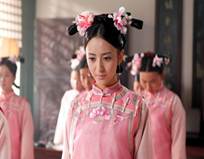
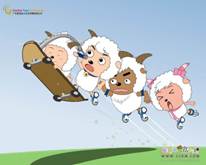
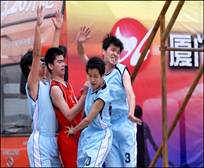
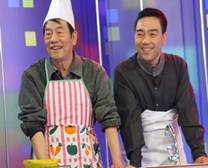
 mother on Mother’s Day and on Father’s day I give my father 17 , too.” But what about the other days of the year?
mother on Mother’s Day and on Father’s day I give my father 17 , too.” But what about the other days of the year? dialed the number, but then she put down the phone. After about fifteen 19 , she dialed t
dialed the number, but then she put down the phone. After about fifteen 19 , she dialed t he number again, “Hi, Mom…”
he number again, “Hi, Mom…”